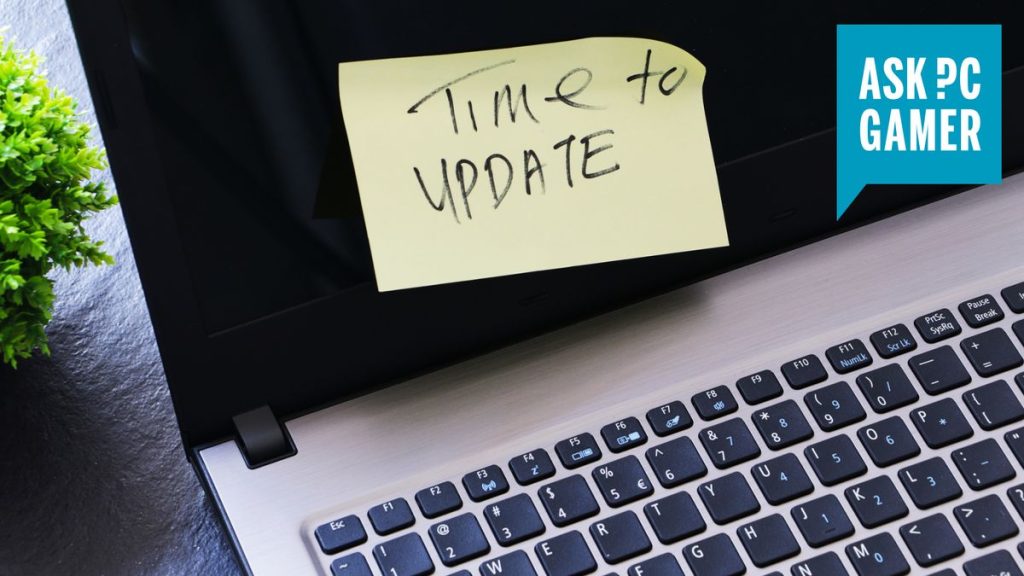Keeping your device drivers up to date is essential for ensuring optimal performance, security, and compatibility with the latest software and hardware. Outdated drivers can lead to system crashes, slow performance, and even security vulnerabilities. In this guide, we’ll walk you through how to check if your drivers are up to date, why it matters, and actionable steps to keep your system running smoothly.
Why Keeping Your Drivers Updated Matters
The Role of Drivers in Your System
Drivers are small pieces of software that allow your operating system to communicate with hardware components like your graphics card, printer, or network adapter. Without the right drivers, your hardware might not function correctly—or at all.
Benefits of Updating Drivers
- Improved Performance: Updated drivers often include optimizations that boost hardware performance.
- Enhanced Security: Outdated drivers can have vulnerabilities that hackers exploit.
- Bug Fixes: Updates resolve known issues and bugs, improving system stability.
- Compatibility: New drivers ensure your hardware works seamlessly with the latest software updates.
Real-World Example
Imagine you’ve just installed the latest video game, but it keeps crashing. The issue? An outdated graphics driver. Updating the driver not only fixes the crashes but also improves frame rates and visual quality.
How to Check if Your Drivers Are Up to Date
Method 1: Using Device Manager (Windows)
- Open Device Manager: Press Windows + X and select “Device Manager” from the menu.
- Locate Your Hardware: Expand categories like “Display adapters” or “Network adapters” to find your hardware.
- Check for Updates: Right-click the device and select “Update driver.” Choose “Search automatically for updated driver software.”
- Review Results: If Windows finds an update, follow the prompts to install it. If not, your driver is likely up to date.
Method 2: Using Manufacturer’s Website
- Identify Your Hardware: Note the model number of your hardware (e.g., NVIDIA GTX 1080).
- Visit the Manufacturer’s Website: Go to the support or downloads section.
- Download the Latest Driver: Search for your hardware model and download the latest driver.
- Install the Driver: Run the installer and follow the on-screen instructions.
Method 3: Using Third-Party Tools
Tools like Driver Booster, Snappy Driver Installer, or Driver Easy can automate the process. These tools scan your system, identify outdated drivers, and download the correct updates.
Pro Tip: Always download third-party tools from reputable sources to avoid malware.
Expert Tips for Managing Drivers
1. Schedule Regular Checks
Set a reminder to check for driver updates every 3-6 months. This ensures you don’t miss critical updates.
2. Backup Before Updating
Before updating drivers, create a system restore point. This allows you to revert changes if something goes wrong.
3. Avoid Beta Versions
Stick to stable driver releases unless you’re comfortable troubleshooting potential issues.
4. Monitor Performance After Updates
After updating, test your system to ensure everything works as expected. If you notice issues, consider rolling back the driver.
Common Mistakes to Avoid
- Ignoring Driver Updates: Many users overlook driver updates, leading to performance issues.
- Using Generic Drivers: Generic drivers may not offer the full functionality of your hardware.
- Downloading from Untrusted Sources: Always download drivers from official websites or trusted tools.
Answering Your Questions
1. How often should I update my drivers?
It’s a good practice to check for updates every 3-6 months or whenever you encounter performance issues.
2. Can outdated drivers cause security risks?
Yes, outdated drivers can have vulnerabilities that hackers exploit to gain access to your system.
3. What’s the easiest way to update drivers?
Using third-party tools like Driver Booster or Driver Easy is the easiest way, as they automate the process.
4. Do I need to update drivers for Mac or Linux?
While Mac and Linux handle drivers differently, it’s still important to keep your system updated for optimal performance.
5. What should I do if a driver update causes issues?
Roll back the driver to the previous version using Device Manager or restore your system to a previous restore point.
Conclusion
Keeping your drivers up to date is a simple yet effective way to ensure your system runs smoothly and securely. Whether you use Device Manager, visit the manufacturer’s website, or rely on third-party tools, regular updates can save you from headaches down the road. By following the tips and methods outlined in this guide, you’ll be well-equipped to maintain your system’s performance and security.
With years of experience in technology and software, John leads our content strategy, ensuring high-quality and informative articles about Windows, system optimization, and software updates.

